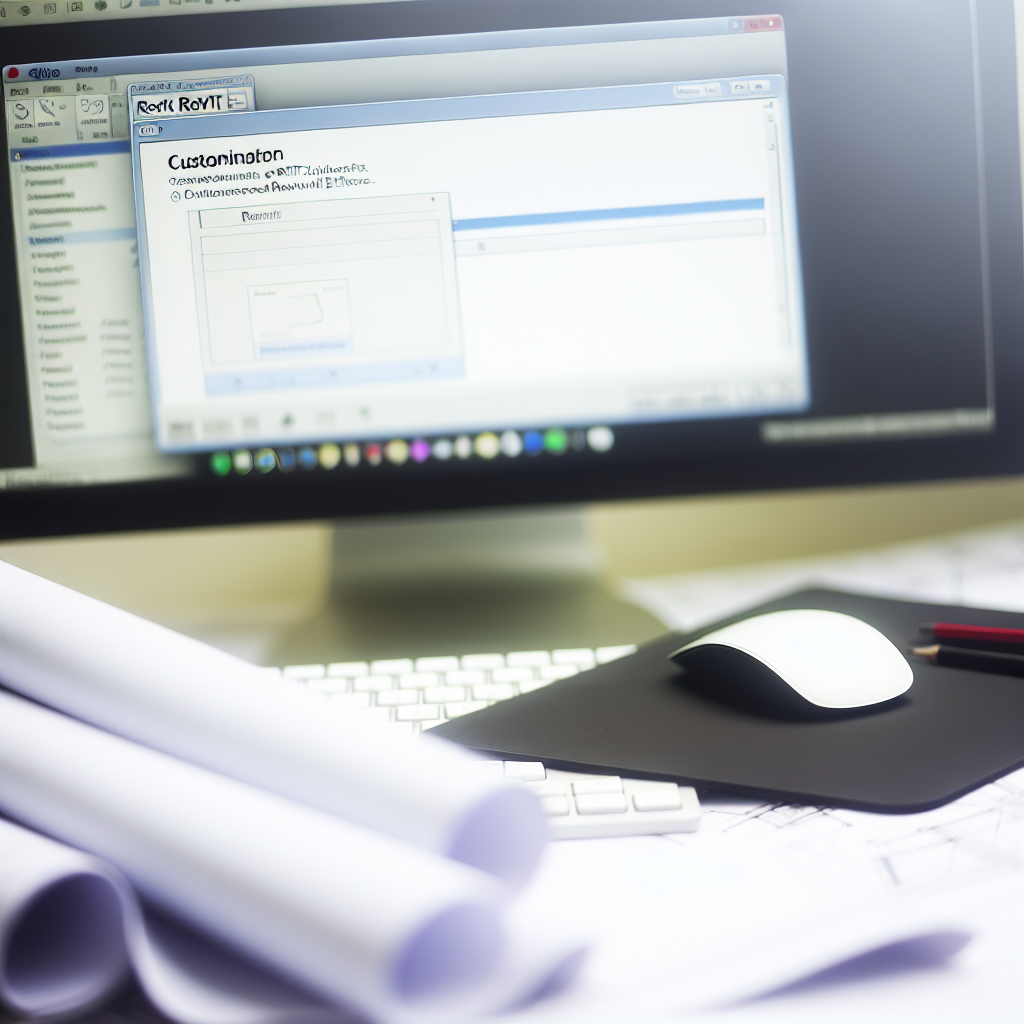Customizing and optimizing your Revit experience can significantly boost productivity and workflow efficiency. One of the most effective ways to achieve this is by adding and editing keyboard shortcuts tailored to your specific needs. In this article, we will explore how to customize Revit shortcuts and streamline your design process for maximum performance.
Personalizing Keyboard Shortcuts in Revit
Revit’s default keyboard shortcuts provide a solid foundation for common commands, but to truly customize your workflow, you can create and modify shortcuts to match your project needs. The process begins by accessing the Keyboard Shortcuts dialog box, which allows you to assign, edit, or remove shortcuts for various commands.
To access this feature:
- Navigate to the View tab on the ribbon.
- Click on User Interface and select Keyboard Shortcuts.
Within this dialog, you can search for specific commands, such as Align, Trim, or Wall. Once located, you can assign a new shortcut by selecting the command and pressing your preferred key combination. Remember, it’s advisable to choose shortcuts that are easy to remember and do not conflict with existing commands.
For advanced customization, you may export your shortcuts for backup or sharing purposes. The feature also allows you to reset shortcuts to default settings if needed, ensuring flexibility in your workflow optimization.
Advanced Techniques for Shortcut Customization and Revit UI Personalization
Beyond basic shortcut assignment, Revit provides options for deeper customization that can further streamline your tasks. For instance, you can modify toolbars and create custom user interface panels to group frequently used commands. This approach minimizes navigation time and enhances efficiency, especially on large or complex projects.
To do this:
- Utilize the Options menu found under Revit Options.
- Navigate to the User Interface section.
- Here, you can customize the Quick Access Toolbar and create personalized tool panels.
Furthermore, Revit supports add-ins and scripting, which can provide custom shortcuts tailored to specialized workflows or repetitive tasks. Integrating these add-ins not only reduces manual effort but also ensures consistency across projects.
Overall, mastering keyboard shortcut customization coupled with UI personalization can transform the Revit environment into a highly efficient tool aligned with your unique design processes.
Conclusion
Customizing and editing keyboard shortcuts in Revit are crucial steps toward achieving a more efficient and personalized workflow. By leveraging the Keyboard Shortcuts dialog and enhancing your interface with custom panels and add-ins, you can significantly reduce repetitive actions and improve overall productivity. Embrace these techniques to maximize your Revit experience and work smarter, not harder.
